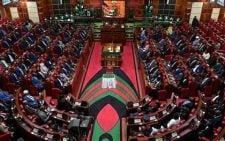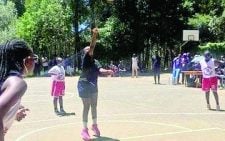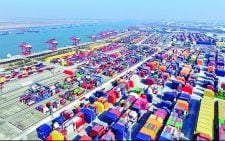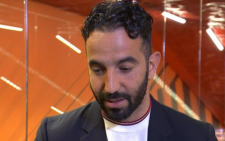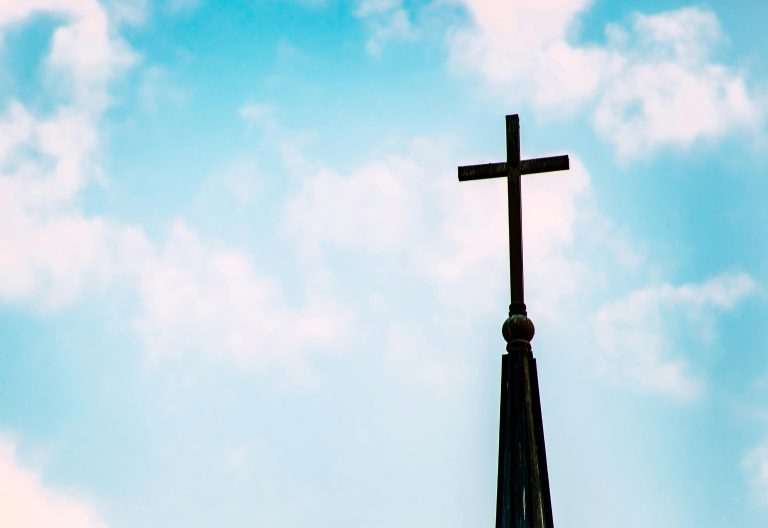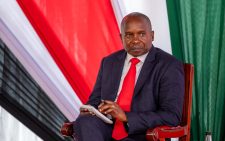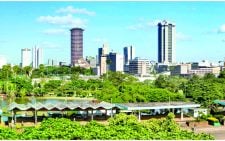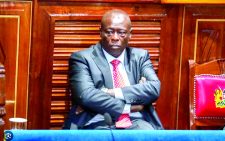Cultural festivals unlock county tourism treasures
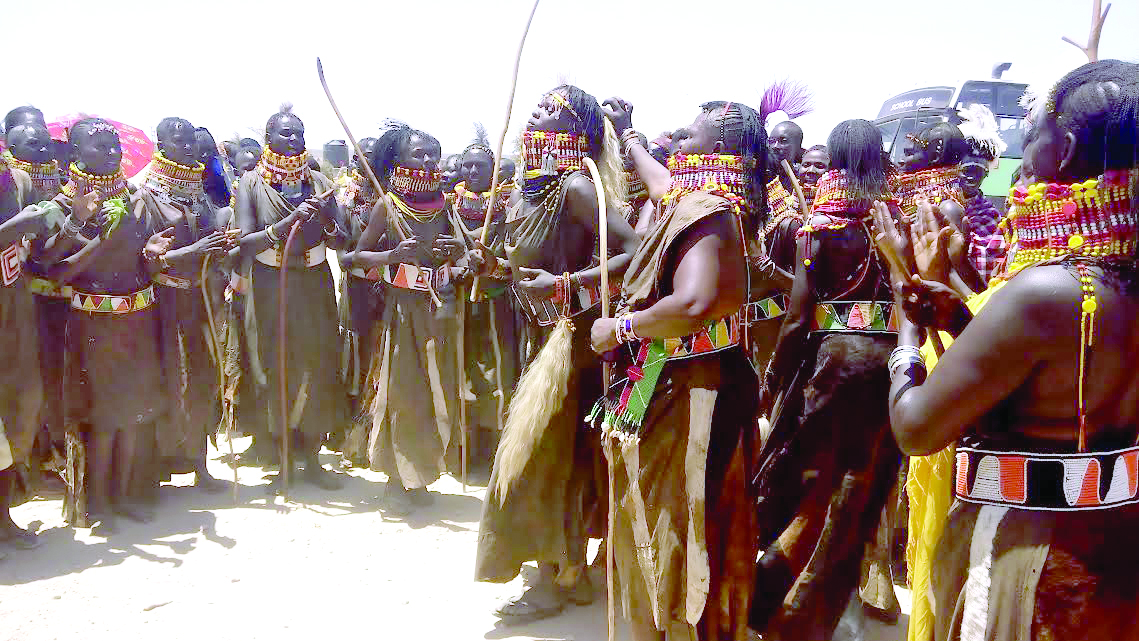
The festival season is back in the country with counties using such events as an avenue of attracting tourists and showcasing their culture and heritage.
Just recently, the 31st edition of the Maralal International Camel derby took place in Yare camp in Samburu County where thousands of both local and international tourists came together to celebrate the Samburu culture and showcased camel racing and other activities that are central to the pastoralist community.
Samburu County governor, Johnathan Lelelit, said improved infrastructure and security in the region is a major catalyst for such events and other development opportunities in the region.
“It is worth noting that this is the first camel derby we are hosting with a fully tarmacked road from Mararal to Nairobi in many years. This infrastructure improvement has significantly reduced travel time, making the journey from Nairobi to Mararal now taking only four to five hours, compared to the previous longer travel time.
Additionally, the security measures put in place are exceptional, allowing attendees to feel safe whether they choose to explore the area during the day or enjoy the festivities at night,” he said.
The governor added that over the four days of the camel derby, all eateries, hotels, and lodges within the conservancies were fully booked, reflecting the popularity and success of the event.
“In terms of nationalities, we have representation from all over the world, including the United States, Canada, and various Eastern European countries. Interestingly, the numbers from Asia have been steadily increasing in terms of attendance, adding to the international flavour of the event,” he observed.
The other cultural event is the 2023 Turkana Tourism and Cultural Festival, where the Turkana culture, heritage will be celebrated at the Ekalees Cultural Centre in Lodwar Town, Turkana County. The festival, popularly known as “Tobong’u Lore”, which means ‘welcome back home’, was first held in 2014 and is hosted by a number of indigenous communities adjacent to the lake, with the aim of promoting peace, cultural exchange, and tourism.
Promoting peace
Another festival that will happen soon is the Lamu Cultural Festival, which will take place from October 30, to November 2. This festival celebrates the unique culture and heritage of the island and includes traditional dances, music, and food.
Kajiado County is another county that recently hosted the inaugural Maa Cultural Festival that brought together Maa speaking counties besides other over 10,000 participants across the country. Other festivals held recently, included Tharaka Nithi Cultural festivals.
The Kenya Tourism Board (KTB) is positioning Kenya as a year-round festivals destination as counties line up cultural events to attract visitation to their regions.
KTB acting CEO John Chirchir says festivals have helped open-up tourism circuits and spurred growth in the hospitality sector, while at the same time positioned culture and heritage as drivers of tourism growth in the country.
“The benefits of having cultural festivals in our counties is immense to the tourism sector value chain, for we expect hotels and facilities to record full bookings during these festivals.
“In addition, businesses that are supported by tourism will benefit from the many visitors we expect at the events,” he says.
Authentic experiences
Chirchir adds: “In Kenya, festivals and cultural events are a critical component of the tourist experience, particularly for the emerging segment of young tourists, who are looking for authentic experiences. They have become an integral part of the Kenyan tourism calendar and key drivers for economic growth in the hosting destination.”
Chirchir also cited the upcoming festivals as examples of tourism offerings that will be able to open new destinations and circuits that are not well served by conventional tourist products.
“The Turkana Cultural Festival, for instance, is one of the biggest festivals in the region drawing thousands of visitors to Northern Kenya. This annual event offers an opportunity for tourists to explore the host town, which is widely considered the cradle of humankind and has contributed immensely to the knowledge of human evolution through its numerous archaeological and paleontological discoveries.
“We shall continue to work with counties to develop festivals strategically as unique experiences that will open up new circuits,” he added.
Community cultural festivals happen annually at specific periods of the year that coincide with productive cycles of the life of communities. The festivals are major platforms through which Kenyan communities celebrate their unique cultures through diverse cultural performances and exhibitions.
These festivals are an institution through which cultural expressions are preserved and transmitted to the next generation, a major attraction to the local communities to celebrate their cultural diversity and with minimal commercialisation as economic ventures.
Cultural expressions
The festivals act as platforms for nurturing talents and sharpening skills, as well as providing market outlets for cultural goods and services. They also act as major tourists attraction both locally and internationally.
In addition, they create market outlets for cultural goods and services and expand opportunities for income to artists and cultural practitioners through cultural tourism. The festivals have also influenced local governments to provide and improve spaces for cultural expressions and dialogue as the festivals are held at public spaces.
Lamu County recently introduced new fetes to boost tourism in the county. Some of the festivals introduced, include the Amu Seafood Cuisine Festival, Governor’s Dhow Race Festival, and the Amu Triathlon Contest.
The existing festivals comprise of the famous Lamu Cultural Festival, Maulid, Lamu Yoga, the Lamu Art Festival, the annual Fishing Competition, Kite and Paint, the Shella Hat Contest, and the Lamu Food and Expo Festival. The two-day Amu Seafood Cuisine Festival will be marked every 23rd and 24th of April every year and the government set aside Sh1.5 million for the festival.
The Governor’s Dhow Race Festival will be a one-day event and will be marked every 19th of August each year in Lamu Island. The fete will involve coxswains in the archipelago, a chance to compete and showcase their skills in dhow riding and navigation.
The Lamu Triathlon Contest will be marked every 31st of December and while an ordinary triathlon involves swimming, cycling, and sprinting, the Lamu version will be unique as the races will take place aboard donkeys.
The triathlon was first witnessed during the 20th edition of the Lamu Cultural Festival in November 2022, but now, it gets to be a festival on its own.
While announcing the introduction of the three new festivals at the launch of the events, Lamu County County Executive Committee (CEC) member for Tourism and Culture Aisha Miraji said the festivals are a sure way of increasing the number of global and local tourists visiting Lamu.
“The festival will be marked during Idd-Ul-Fitr and will include Taarab traditional music, plays, skits, among others. All these will happen on the seafronts so that the seafood can be well displayed,” she said.
Boost commuinity pride
Muthuri Kinyamu co-founder of Turnup Travels is one of the tour companies that have tapped into the potential of cultural tourism. He believes that festivals bring joy to clients, as they get to appreciate the culture of the hosts and boosts community pride as travellers get to learn and see how locals do things.
“Through the bookings, we also support the local economies as festivals showcase the unique experience and cultural diversity that a community has. They are also a great way to attract people to a destination.
“At Turnup Travels, we package, promote, and document unique experiences in Kenya that add value to our cultural capital, whilst bringing together like-minded people gathered around a particular interest and create value for the local community,” he says.



